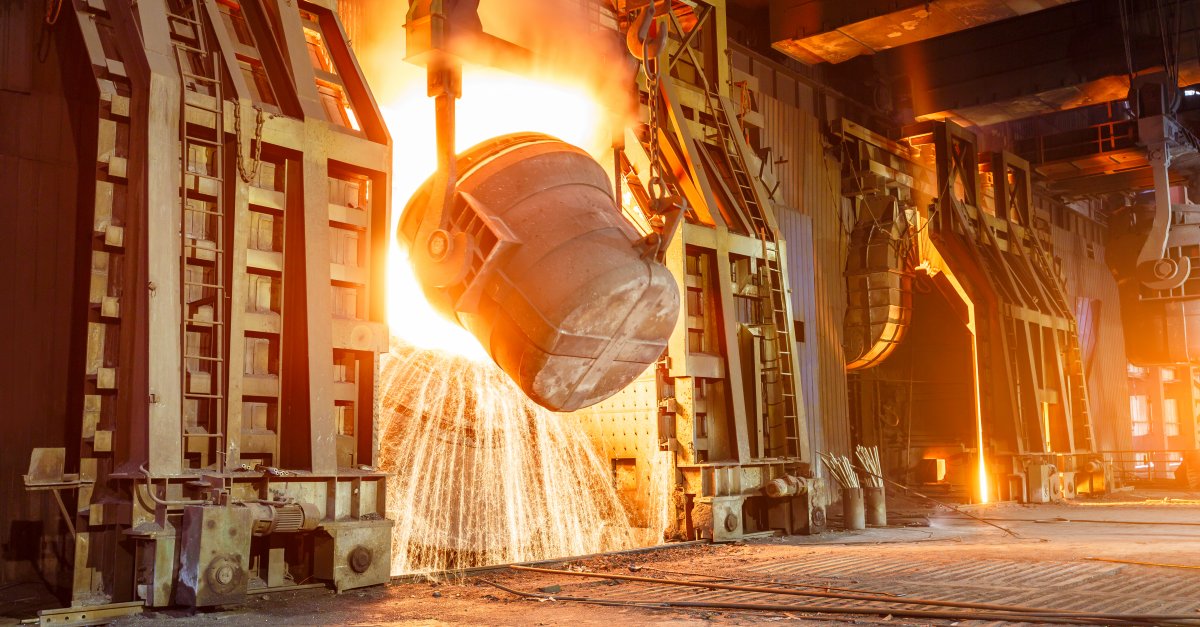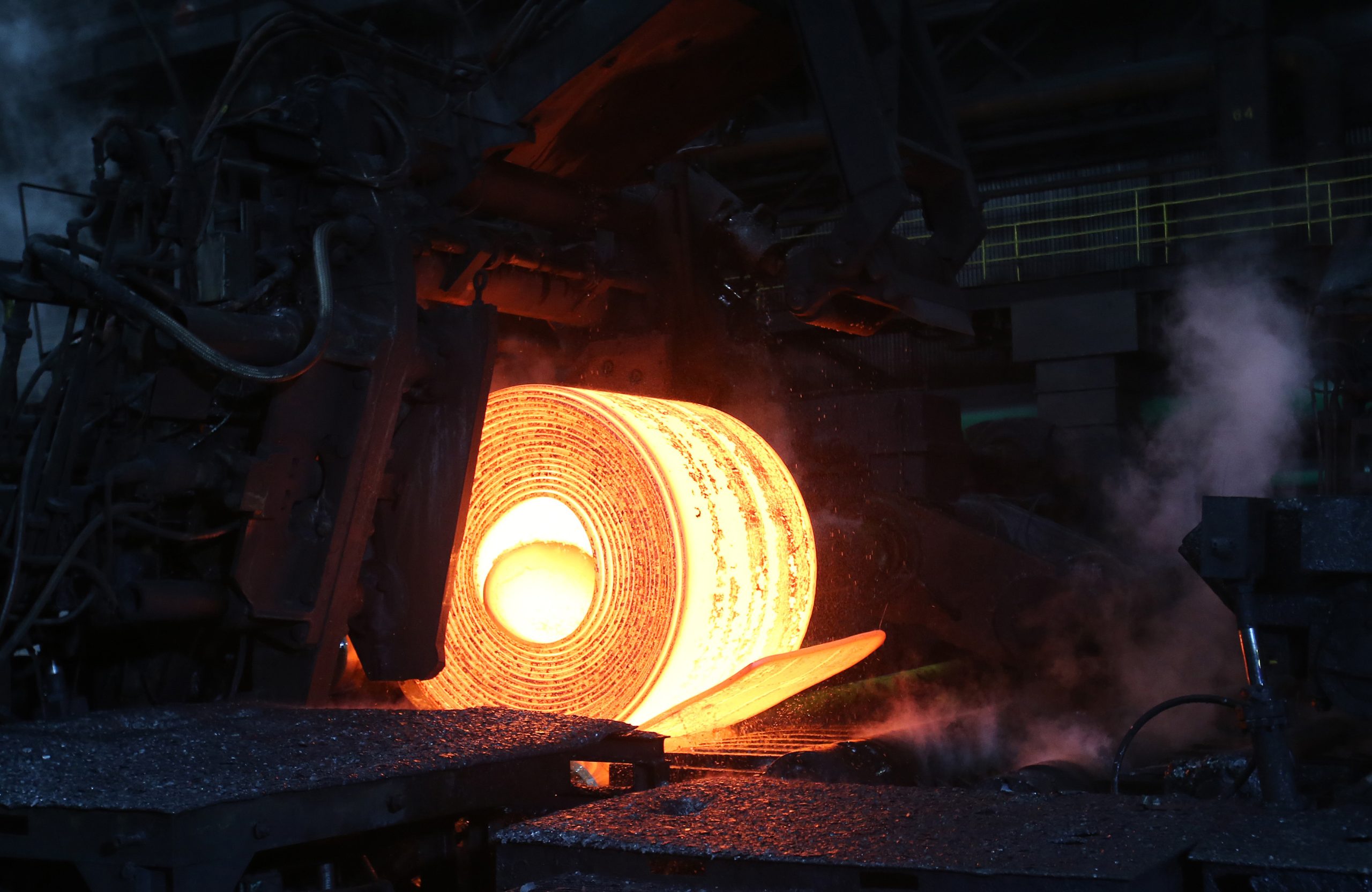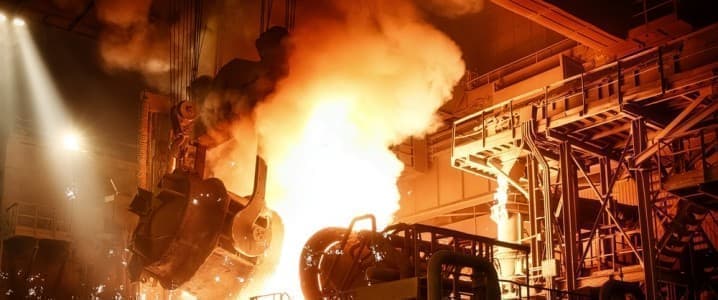The Raw Steels Monthly Metals Index (MMI) held steady amidst a backdrop of bearish steel prices, registering a modest 1.75% increase from February to March.
In the United States, flat rolled steel prices continued their bearish trend in recent weeks. Notably, hot-rolled coil (HRC) prices lingered 22% below their peak at the close of 2023, persisting in their search for a bottom. Conversely, plate prices deviated from the flat rolled steel trajectory, maintaining a sideways movement.
It seems that prices have found sufficient support to at least momentarily pause their slight downward trajectory since peaking in April 2022. Nonetheless, this support hasn’t proven robust enough to prompt an upward trend.
As flat rolled markets began to indicate a new downward cycle in recent months, U.S. steelmakers moved swiftly to curb declines. By early March, both Nucor and Cleveland-Cliffs announced price hikes for HRC, CRC, and HDG steel prices.

U.S. Steel Mills Raise Prices in Effort to Combat Bearish Market Trend (Credits: Capital)
Nucor raised its minimum HRC price to $825 per short ton, while Cliffs exceeded the market, setting its minimum HRC price at $840 per short ton. Shortly thereafter, ArcelorMittal joined the fray, matching Nucor’s minimum HRC price at $825 per short ton.
MetalMiner Should-Cost Models Offer Price Transparency Solutions
MetalMiner’s should-cost models provide organizations with tools to enhance price transparency from service centers, producers, and part suppliers. These models enable exploration of various pricing scenarios for informed decision-making.
By the conclusion of the first week of March, the average HRC price hovered around $837 per short ton, closely aligning with the newly announced minimums. However, prices have yet to display any signs of slowing down their bearish momentum, leaving market participants uncertain about producers’ ability to alter the current trend.
The price increases from Cliffs and Nucor coincided with a narrowing gap between future and spot prices. Initially, HRC prices started the year in backwardation, with futures lagging behind spot prices, indicating an anticipation of lower prices. However, by January 11, spot prices commanded a $244 per short ton premium, the widest margin since June and well above the historical average premium of $22 per short ton.
Subsequently, the following weeks witnessed a contraction in this premium as futures prices stabilized and spot prices continued their downward trajectory. Futures then began to climb in early March, prompting the market to transition into contango on March 8, just one day after the announced price hikes.

U.S. Steel Mills Raise Prices in Effort to Combat Bearish Market Trend (Credits: Reuters)
Rising futures prices don’t guarantee a corresponding increase in spot prices. Nonetheless, the nearly 94% correlation between the two price points suggests a strong relationship. Additionally, future price movements typically precede shifts in spot price trends, making futures a reliable leading indicator of steel price direction.
Anecdotal evidence supports a shift in market dynamics as mills report an uptick in inquiries for large-volume orders. While the value of these inquiries falls below current HRC market pricing, their scale could potentially absorb the supply glut that has weighed on steel prices throughout the first quarter.
However, by the end of February, there was no evidence of lengthening mill lead times, indicating that these inquiries had yet to translate into actual purchases. Despite remaining above historical averages, the trend towards shorter mill lead times suggests an oversupplied market.
Planned maintenance outages at several U.S. mills might help tighten supply in the coming weeks. However, without a surge in orders, these outages are unlikely to significantly impact market conditions. Notably, the uptrend in steel prices observed in the fourth quarter of 2023 was fueled by increased orders and reduced production levels by mills to maintain a balanced supply.
Data from the American Iron and Steel Institute indicates robust domestic raw steel output, albeit potentially peaking by the end of February.
If mills fail to halt the ongoing downward trend in steel prices, they may resort to further production cuts, despite increased output throughout February. Nevertheless, until steel prices demonstrate signs of stabilization, the prevailing trend remains downward. The forthcoming weeks will be pivotal in determining whether steelmakers can regain control over market dynamics.























